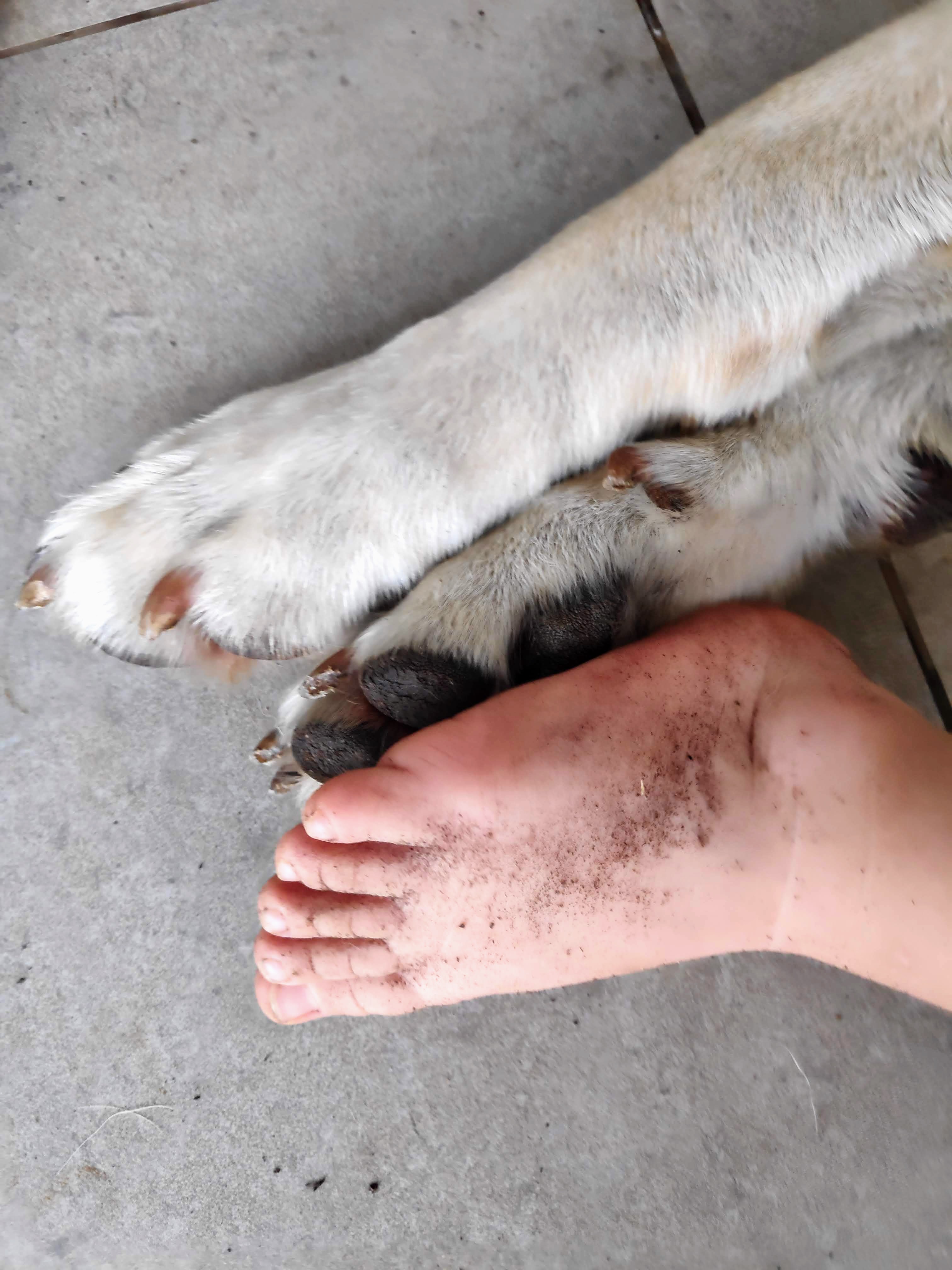And before anyone makes a cheeky “what do you need this for 🤨” comment, I’m a writer. I’m not going to murder anyone I promise, I just want to write a scene where one guy gets poisoned.
I need something that doesn’t require modern technology to extract/produce, and would make sense to be avaible in a place with a temperate to mediterranean climate. The slower, the better. Does a plant or something like that exist or do I need to make one up?
Update: I looked into death cap mushrooms and they might be just what I’m looking for! Long reaction time, and being dried doesn’t make them less toxic! (the scene takes place in midwinter so no fresh ones would be avaible) If anyone has more info on them, please do share.
In almost every case in fictional writing it’s better to make up a poison then use a real one. That way you don’t have someone picking it apart later. Also you can give it whatever properties you want/need. Now excuse me while I continue to work on my immunity to iocane powder.
That or just do the classic ones of arsenic or cyanide and just roll with it.
Alcohol. Sometimes it takes 30 or 40 years to be effective. Not very good for murder, but wildly popular for suicide.
Yeah OP needs to define what “slow” means to them. You could say that a one-week delayed effect is slow. Or you could say that it’s only slow if it takes months of exposure.
I’m neither a writer nor a scientist, but there’s a copy of this on my bookshelf and I wish I could lend it to you: Deadly Doses: The Writer’s Guide to Poisons
Holy shit. That’s the perfect answer, I think.
I’m a writer
“A writer” 😉
hey guys, i am looking to write an obituary for my ex husband…
I knew it. Come on.
Theoretically speaking… Do you need an alibi as well? Just for the book of course.
I’m partial to “I was writing my book, alone, at home, with no witnesses.”
Depending on your setting and desired outcome for the poisoner, uraninite (aka pitchblende) might be an option. It has historical uses in glass making and pottery glazing, which could provide justification for why someone would have it.
It contains Uranium, which is radioactive, but I don’t believe will bioaccumulate, but can build up on surfaces, tools, and clothing providing a source of long-term radiation exposure. In addition, it contains lead, which does bioaccumulate, providing a source of gradual long term poisoning as well as radium which also bioaccumulates and is radioactive, providing an additional source of longterm radiation exposure.
Yeah, in a historic setting, use something readers will recognize, as well. Arsenic, Mercury, that kind of thing. They’ve been used as a poison, and have accidentally poisoned, for so long that they’re tropes of their own. Both of those in specific were available in the region you’re using.
Plus, they’re going to be really easy to describe the actions of, and don’t require medical knowledge to understand the effects of. Well, the stuff that’s going to be useful to show on page anyway, the stuff that happens inside organs might take a little.
how slow acting? As in months, or as in time to get the fuck outta dodge?
Ricin will kill you in a couple of days, was first extracted in 1888, and the plant grows in the mediterranean.
Like takes at least a day or more for the poisoned character to notice.
I’ve heard something about writers writing about guns – if you describe a specific gun they’ll come at you for being wrong, but if you say something like “a modified Kalashnikov” you’re conveying the image you want, and the nerds will do the work for you in figuring out how it could have been modified.
Dimethylmercury.
Two drops will kill you in a few months and nothing can be done. It penetrates clothing, regular latex gloves, and skin very easily and unnoticed.
Pretty terrifying stuff. Not sure you’d be able to figure out availability or production in your plot, but as far as poisons go you’d be set for time between dose and death.
Mushrooms are a good option, and you can just make up a species if you want specific time frames/symptoms. Mushrooms can cause a lot of weird symptoms.
There’s also a brain eating amoeba or other sickness from still water (people back in the day were very aware of tainted water).
If you have access to polar animals, a unique poisoning would be vitamin A toxicity from their livers. It’s a horrific way to die, though (skin sloughing off).
That and mushrooms often have great scary ass names like “Destroying Angel”
I’m thinking metal poisoning over time. Lead or copper, for example.
Mercury, Silver (will cause blue skin)
Wait, can copper be poisonous?
Yes. Here’s a video describing a copper poisoning case: https://www.youtube.com/watch?v=saxga-xm0Rk
Over time most metals can build up in your body if they’re not in a compound your body can process.
Copper, lead, cadmium etc - it’s difficult for your body to expell them so they build up in your tissues
Yes, but not as much as many other metals. We’retalking large amounts over a long period of time.
On sidenote, everything is poisonous, it’s just a matter of dosage.
On sidenote, everything is poisonous, it’s just a matter of dosage.
That’s a terrifying way of viewing it, thank you.
Mistletoe berries i think. Otherwise mercury depending on dosage.
Ok I looked into mercury and it might be what I’m looking for. Any idea how long it’d take before the effects become noticeable?
Time. It’s very slow but will get them in the end.
There was a theory a while back that Napoleon died from arsenic poisoning due to the damp Mediterranean climate causing the decay of a green wallpaper using an arsenic based dye. It didn’t end up being entirely true but he may have been slowly poised by environmental arsenic throughout his life. Here is an article about it.
Arsenic is a naturally occurring element in the Earth’s crust as metallic crystals or combined with other elements. Being a heavy metal, arsenic bioaccumulates. That is, it builds up in the body over time, so slow poisoning is possible.
Apple seeds contain cyanide, simply crushing them will release the poison and it can be added to something else, although it’s not very slow.
There’s also the Destroying Angel/Death Cap mushroom, whose symptoms can take up to a day to even start, by which point the toxins have been incorporated and destruction of liver and kidney tissue is irreversible. They also contain toxins that can cause severe DNA damage, making it so your body can no longer repair itself after exposure, and you slowly die cell by cell.









